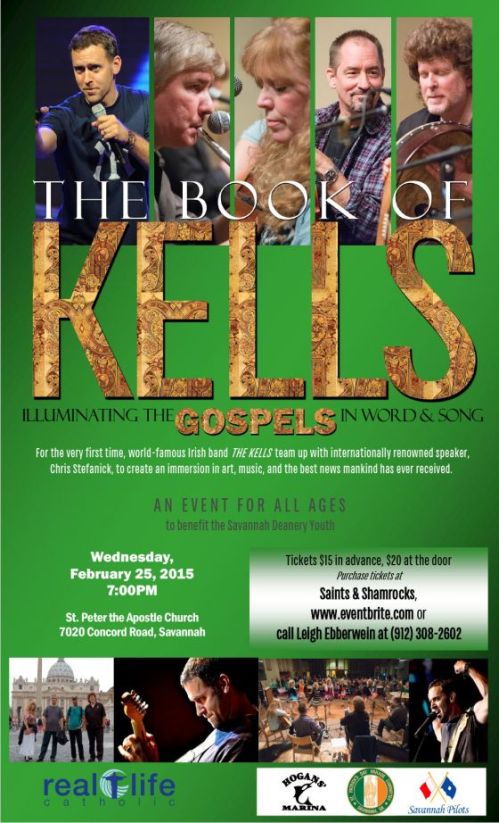Our students (five) were lively and engaged last night, even on an evening when their teacher was not at the top of his game.
We continued our march through the faith assessment as groundwork for serious Confirmation prep starting next year in seventh grade. If you would like to see the information we are using as our guide this year, you can find it on the parish Website here.
Our subject last night was the Sacraments. I would have thought that it would be a fairly easy topic, seeing as we spent all of last year (5th grade) covering them. We distributed a quiz that asked the students to define grace, and then to list the seven Sacraments by category (Initiation, Healing and Service of Communion) and provide a short definition. We then discussed the results, which were mixed. We had a fairly wide ranging discussion with questions like…
“Can a person receive all seven sacraments?” (Yes)
“Can a person receive Annointing of the Sick more than once?” (Yes)
And so on.
We then played a short (about three minutes) video about grace and the various types of grace. After we watched it once, we told the class, that we would play it again, and this time, they should really try to pull at least a couple of concepts or ideas out of it. After our second viewing, we discussed the ideas the students pulled from the piece. It went well. Since the idea of playing the video twice came to me on a whim, I’m glad it worked out.
The overall message of the class was that the Sacraments are a means God uses to convey grace. As our final exercise, we divided the class into a group of two (boys) and three (girls) (self-selected, by the way) and asked them to draw a picture of one of the white boards that depicts he conveyance of grace through one of the Sacraments. They could pick whichever Sacrament they want. Both groups did well, and the girls even did a short skit to complement theirs.
